BOUND BY GORSE(Ulex europaeus)
The first herbarium record of Ulex europaeus (Gorse) from Australia was collected at Studley Park, Melbourne in 1884. Brought to Australia as a hedge plant and for fodder it quickly naturalised. The long viability period of its seeds and its prickly foliage contribute to its successful foothold in southern Australia. In this work I consider the flow of gorse through the Merri catchment since its introduction by Europeans in the 19th Century. I have spent numerous Sunday mornings on the creek helping clear gorse. In 2013 I walked the Merri Creek – from its source in Heathcote Junction to its confluence with the Yarra in Abbotsford – where at times we had to back track to find passage around gorse infestations. Responding to how gorse no longer marks boundaries and fence lines I have used the whole plant to construct a series of ‘paper’ bricks. Stamped with postcodes – starting at Studley Park and moving north through the Merri catchment – they form a wall or boundary in the gallery. The labour intensive process of papermaking – adapted to create the bricks – echo the slow and repetitive work of clearing gorse. Bound by gorse considers humans’ current relationship with Gorse conflating its historical use to contain with the contemporary task of keeping it at bay.
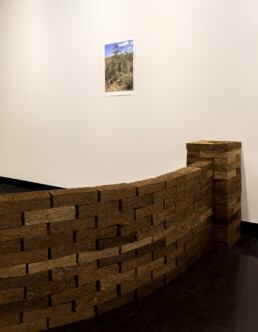
Bound By Gorse (Ulex europaeus)
2017
gorse
variable dimensions (900 x 2500 mm approx.)
digital print, 570 x 420 mm
photo credit: Garth Henderson
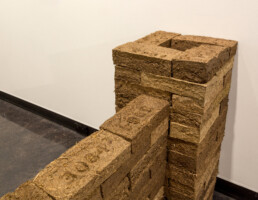
Bound by Gorse (Ulex europaeus)
2017
gorse
detail
photo credit: Garth Henderson
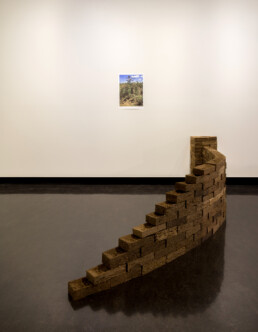
Bound By Gorse (Ulex europaeus)
2017
gorse
variable dimensions (900 x 2500mm approx.)
digital print, 570 x 420mm
photo credit: Garth Henderson
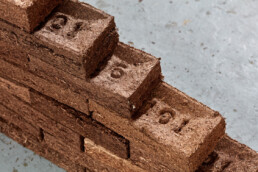
Bound by Gorse (Ulex europaeus)
2017
gorse
detail
photo credit: Matthew Stanton
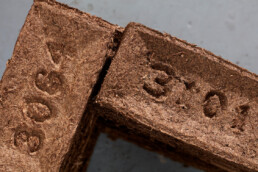
Bound by Gorse (Ulex europaeus)
2017
gorse
detail
photo credit: Matthew Stanton

Bound by Gorse (Ulex europaeus)
2017
digital print
570 x 420mm